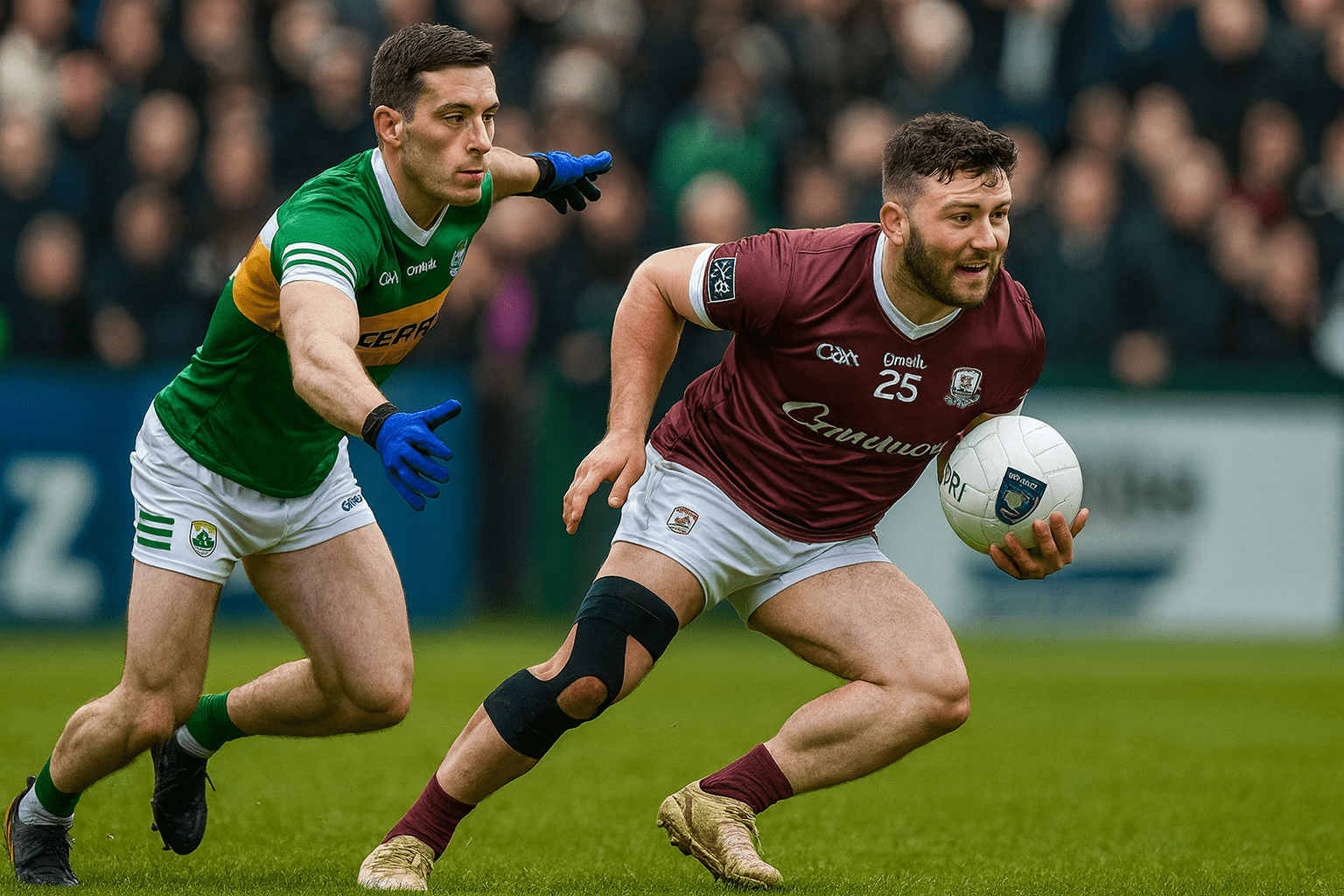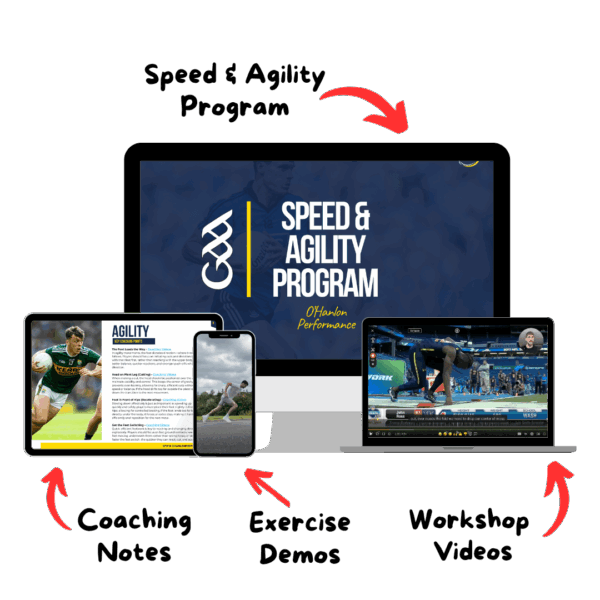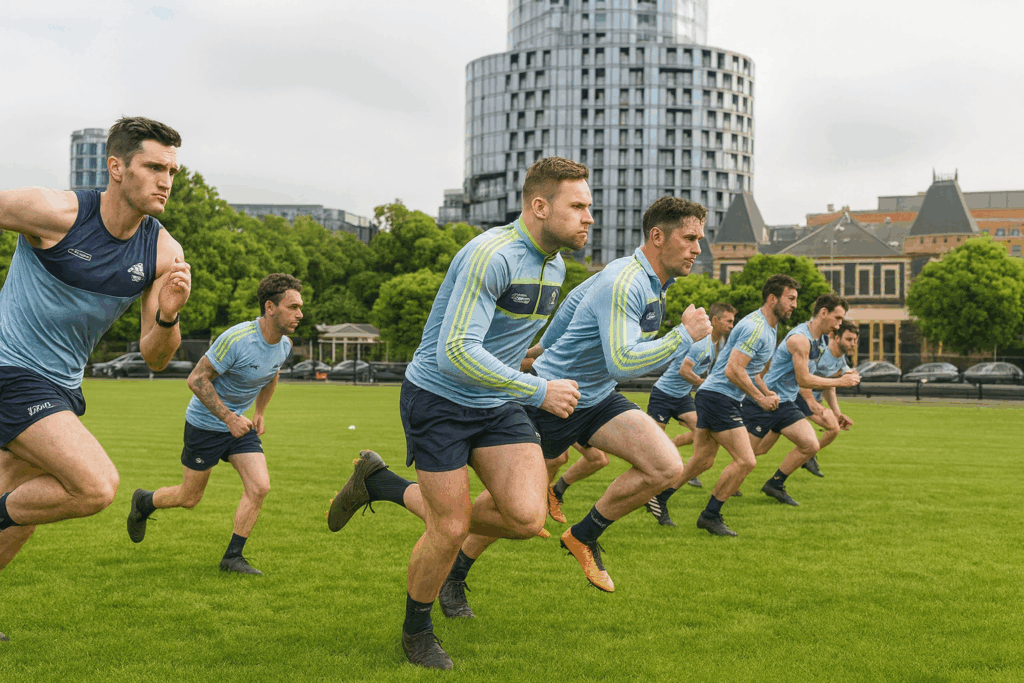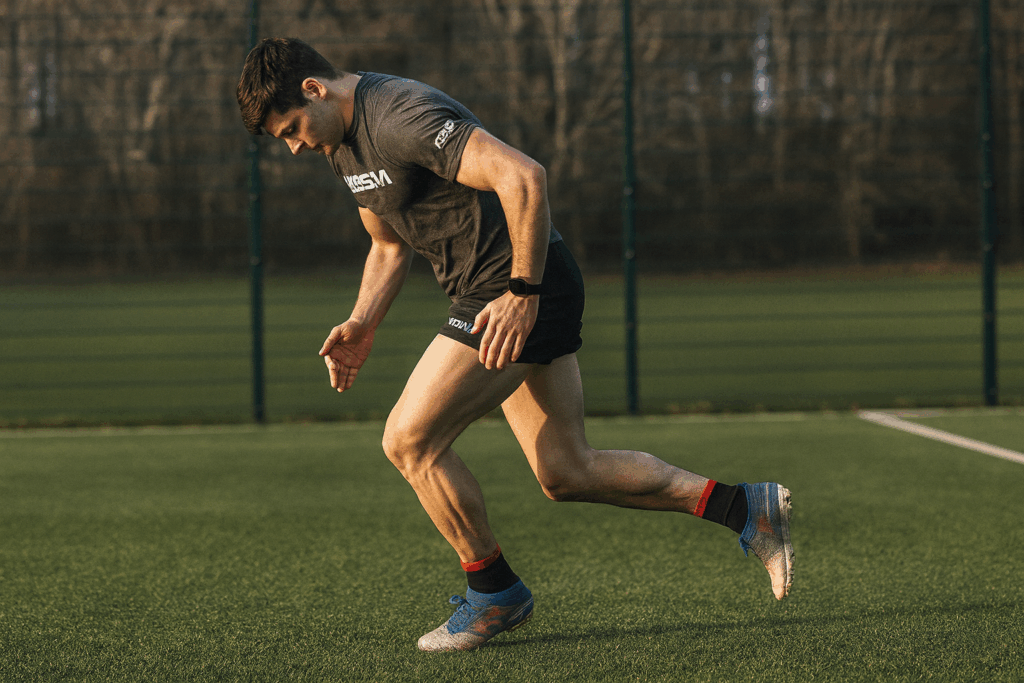Agility is a critical skill for any Gaelic Games player. Whether you’re breaking free from a defender, reacting to a high ball, or changing direction to track an opponent, agility is the key to performing these actions with speed and precision. But agility isn’t just about quickness; it’s about control, balance, and responding quickly to the dynamic movements of the game. Developing agility is essential for players looking to enhance their performance in both offensive and defensive situations.
In this blog, we’ll dive into what agility is, how it contributes to success in GAA, and the best drills and exercises to improve agility for players at all levels. We’ll also discuss how coaches can integrate agility training into their sessions to get the most out of their athletes.
What is Agility in GAA?
In the context of GAA, agility refers to the ability to rapidly change direction, stop, and start with control while maintaining speed and balance. It’s a dynamic skill that allows players to navigate the unpredictable environment of a match, whether it’s evading a defender, reacting to a fast pass, or tracking an opponent’s movements.
While speed refers to running fast in a straight line, agility focuses on making quick directional changes while maintaining control. Agility is therefore about more than just physical speed—it involves coordination, balance, and reaction time.
The Importance of Agility in GAA
Agility is crucial for GAA players, whether they’re on the offensive or defensive side of the game. Here’s how agility plays a role:
- Offensive Players: Agility helps attackers break free from defenders, change direction quickly to evade tackles, and react to pass or shooting opportunities. Quick, sharp movements allow players to navigate tight spaces and get away from opponents.
- Defensive Players: Defenders need to stay close to attackers while being able to react to sudden movements. Agility allows defenders to track attackers’ movements, change direction quickly to block a shot or intercept a pass, and make tackles with precision.
In essence, agility ensures that players can read the game, move effectively, and stay ahead of the competition, no matter the situation on the field.
Key Components of Agility
To improve agility, players need to focus on several key components:
1. Footwork
Agility starts with quick and precise footwork. The ability to move in all directions—forward, backward, and laterally—without losing balance is vital. Effective footwork allows a player to change direction quickly and maintain speed.
2. Core Strength
A strong core helps with balance, stability, and posture during quick movements. A stable core allows players to remain upright and maintain control, which is especially important when changing direction or making sudden stops.
3. Reaction Time
Agility is not just about movement speed; it’s also about how quickly a player can react to their environment. Whether it’s a defender closing in or a ball being passed, the ability to react quickly allows players to stay one step ahead.
4. Balance and Coordination
A player must maintain balance during fast, dynamic movements. Without good coordination, quick changes of direction can lead to falls or slips. Balance and coordination are developed through functional strength exercises and proper movement patterns.
GAA Speed & Agility Program I
Become faster, sharper, and more explosive on the pitch where it counts.
✅ Two Speed & Agility Sessions
✅ Coaching Workshop Videos
✅ Exercise Demo Videos
Built for GAA. Designed for results.
How to Train Agility for GAA
There are several ways to enhance agility, and it’s important to integrate these drills into regular training. Below are some of the best exercises for developing agility, which can be performed individually or as part of a team session.
1. Cone Drills
Cone drills are a great way to practice quick changes in direction while maintaining control. Set up cones in a zigzag or square pattern, and move quickly between them, focusing on fast footwork and sharp directional changes.
Set Info:
- Drill: Zigzag Cone Drill
- Reps: 3 sets of 10-12 cones
- Rest: 30-60 seconds between sets
2. Ladder Drills
Ladder drills improve foot speed and coordination. Use an agility ladder, or mark out spots on the ground to simulate the same movements. Players should focus on quick foot placement and minimal contact time with the ground.
Set Info:
- Drill: 1-Step In and Out
- Reps: 4 sets of 30 seconds each
- Rest: 30 seconds between sets
3. Shuttle Runs
Shuttle runs are fantastic for improving reaction time and quick direction changes. Set up two cones 10-15 metres apart. Sprint to one cone, touch it, and then quickly change direction to sprint back to the start.
Set Info:
- Drill: 10m Shuttle Run
- Reps: 5 sets of 6-8 sprints
- Rest: 60-90 seconds between sets
4. Plyometric Drills
Plyometric exercises help develop explosive strength, which is key to fast movements and jumps. Box jumps, lateral bounds, and jump squats all build the explosive power needed to improve agility.
Set Info:
- Drill: Lateral Bound
- Reps: 3 sets of 12 bounds per side
- Rest: 60 seconds between sets
5. Agility with a Ball
Agility training isn’t just about moving quickly without the ball; it’s also about controlling the ball while moving at speed. Set up a course with cones and dribble the ball through it, changing direction rapidly as you go.
Set Info:
- Drill: Dribble Through Cones
- Reps: 3 sets of 6-8 reps
- Rest: 30-60 seconds between sets
Coaching Agility
As a coach, improving agility in your players involves more than just having them complete drills. Here are some tips for effective agility coaching:
1. Focus on Technique
Teach players the fundamentals of proper footwork and body positioning. Emphasise bending the knees, keeping a low centre of gravity, and maintaining a stable core. Poor technique can hinder a player’s ability to change direction quickly and may increase the risk of injury.
2. Integrate Agility into Match Simulations
Agility training shouldn’t be restricted to drills alone. Incorporate agility exercises into small-sided games and match simulations. This will help players translate their agility training into real game situations, improving their responsiveness and decision-making.
3. Provide Immediate Feedback
During drills, provide feedback on a player’s footwork, body position, and movement technique. Immediate adjustments can help players refine their agility and make faster improvements.
Common Mistakes in Agility Training and How to Avoid Them
Agility training can be intense, and it’s important to avoid common mistakes that may hinder progress:
- Lack of Proper Warm-Up: Always ensure that players perform dynamic warm-up exercises before agility drills. A proper warm-up increases flexibility and helps prevent injury.
- Focusing Only on Speed: While speed is important, agility is about control and precision. Emphasise quickness with balance rather than just raw speed to avoid sloppy movements.
- Not Allowing Recovery: Agility training requires explosive efforts, so ensure players have adequate rest between sets. Overtraining can lead to fatigue, which reduces performance and increases the risk of injury.
Conclusion
Agility is a critical skill that every GAA player must develop to succeed on the field. It helps players evade tackles, make quick reactions, and change direction with precision. By focusing on key components like footwork, core strength, and reaction time, players can improve their agility and overall performance.
For coaches, agility should be integrated into every training session, with a focus on proper technique and sport-specific exercises that mimic the movements of a real game. With consistent training, both players and coaches can unlock the full potential of agility and gain a competitive edge.






